15 years one-stop China custom CNC machining parts factory
 1302 |
Published by VMT at Sep 24 2024
1302 |
Published by VMT at Sep 24 2024
Aluminum is a versatile and widely used material in CNC machining, valued for its lightweight, corrosion resistance, and adaptability. However, untreated aluminum is prone to surface damage and degradation, making surface treatment essential for enhancing both functionality and aesthetics. Surface treatments not only protect the aluminum but also offer various finishes that improve wear resistance, durability, and appearance. In the world of custom CNC machining, choosing the right aluminum surface finish can greatly impact the quality of your parts, extending their lifespan and optimizing their performance in different environments. This article will guide you through 18 major aluminum finish types that can improve the quality of your CNC part projects.
Surface treatment is vital for aluminum products, especially those produced through CNC machining, because it enhances their resistance to corrosion, wear, and environmental factors. Untreated aluminum can oxidize, leading to a dull, unattractive appearance and weakened structural integrity. Moreover, specific applications, like medical or aerospace components, require finishes that ensure the material's cleanliness, smoothness, and durability under harsh conditions. Proper surface treatments add functional benefits such as increased electrical conductivity, non-stick properties, or additional strength for parts that will be exposed to mechanical stress or abrasive environments.
Additionally, surface treatments contribute to the aesthetic appeal of CNC machined parts. This is especially important for components used in industries like electronics, automotive, and consumer goods, where visual appearance and brand differentiation can play a significant role. Custom aluminum finishes can give parts a sleek, polished look or a textured, matte finish depending on the project’s requirements. Ultimately, surface treatments protect and enhance the parts, ensuring their longevity and optimal performance in demanding environments.
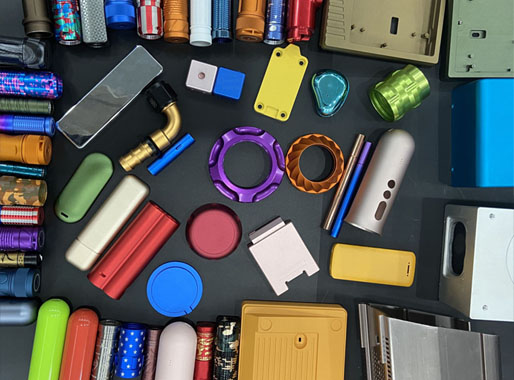
1. Polishing
Polishing is a mechanical process that enhances the surface of aluminum by smoothing it out and giving it a mirror-like finish. This method removes surface imperfections like scratches or dents, making it ideal for parts that require a smooth, reflective surface. Polishing is commonly used in decorative applications, automotive parts, and optical components, where aesthetics play a key role. The process can be done manually or with automated machinery, and it's a crucial step before applying other treatments like anodizing or coating to ensure a flawless finish. Polished aluminum is also easier to clean and maintain.
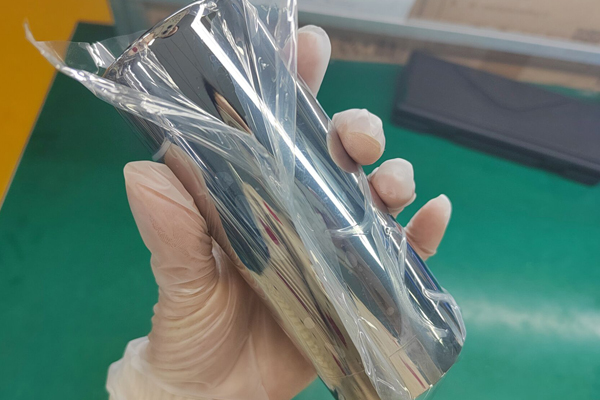
2. Anodizing
Anodizing is an electrochemical process that increases the thickness of the natural oxide layer on the surface of aluminum, significantly improving its corrosion resistance and durability. It also allows for color customization and enhances the material's hardness. Anodized aluminum is commonly used in architectural, automotive, and aerospace industries due to its excellent protective qualities.
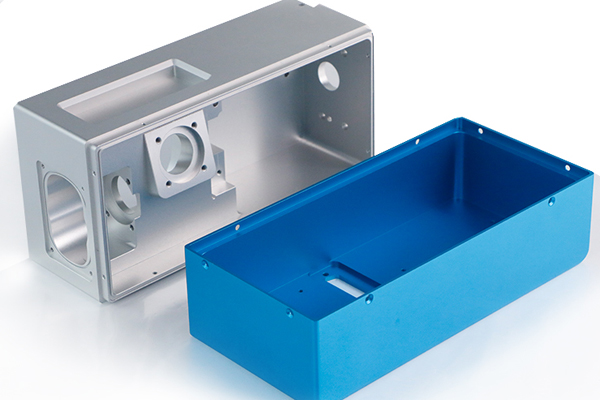
Different Types of Anodizing:
2.1 Clear Anodizing
Clear anodizing preserves the natural look of aluminum while providing a clear, protective oxide layer. This finish is ideal for projects where the natural metallic appearance is desired while still requiring added corrosion resistance.
2.2 Dye Anodizing
Dye anodizing allows for the addition of color to the anodized layer. The dye penetrates the porous oxide layer, offering both protection and aesthetic variety. This type is commonly used in consumer products, electronics, and decorative components where both color and durability are needed.
2.3 Hard, Clear, and Dye Anodizing
Hard anodizing creates a much thicker oxide layer, making the aluminum extremely resistant to wear and corrosion. It is often used in industrial applications where the parts are exposed to harsh conditions. Combining hard anodizing with dye allows for both aesthetic appeal and high durability.
2.4 Sandblasting + Anodizing
This process involves sandblasting the aluminum surface to create a matte texture, followed by anodizing. This combination results in a durable, textured surface that is both functional and visually appealing, ideal for applications requiring non-reflective finishes.
3. Powder Coating
Powder coating is a dry finishing process where powdered paint is electrostatically applied to the aluminum surface and then cured under heat. This results in a smooth, durable, and colorful finish that is resistant to scratches, chipping, and corrosion. Powder coating is commonly used for exterior components such as automotive parts, building facades, and appliances due to its weather-resistant properties.
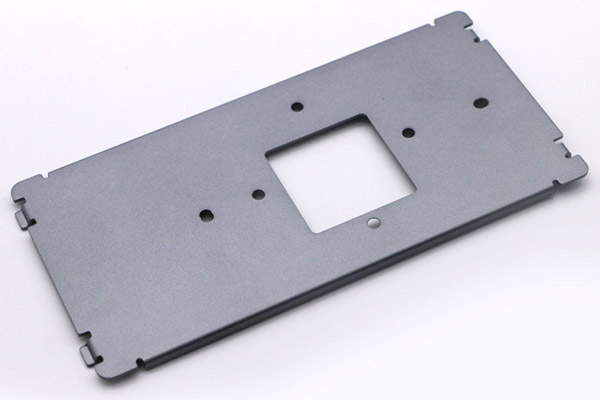
4. PVDF Coating
Polyvinylidene fluoride (PVDF) coating is known for its high resistance to weathering, UV radiation, and chemicals. It's a popular choice for architectural aluminum, such as curtain walls and window frames. PVDF coatings maintain their color and gloss for many years, even in extreme environments.
5. Other Liquid Coatings
In addition to PVDF, aluminum can be coated with various other liquid coatings, including epoxy and polyurethane, to provide specific benefits such as increased chemical resistance or improved aesthetics. Liquid coatings are particularly useful in environments with high exposure to chemicals or for parts that require unique visual finishes.
6. Mechanical Finishing
Mechanical finishing techniques like buffing, grinding, or sandblasting are used to smooth or texture aluminum surfaces. These processes are typically employed before applying other finishes like anodizing or painting to ensure the part has a uniform texture. Mechanical finishes are crucial for enhancing the material's resistance to fatigue and wear.
7. Wood Grain Aluminum
Wood grain aluminum mimics the appearance of wood by applying a decorative finish through a sublimation process. This surface treatment is often used in architectural applications, furniture, and other decorative components, providing the aesthetic appeal of wood without the maintenance issues associated with organic materials.
8. Alodine
Alodine, also known as chemical film, is a conversion coating primarily used for corrosion protection and electrical conductivity. Unlike anodizing, alodine coating is thin, making it ideal for parts that require electrical conductivity, such as electronic housings. This treatment also acts as a primer for paint applications.
9. Bright Dip
Bright dipping is a chemical polishing process that enhances the brightness of aluminum by removing a thin layer from the surface. This process is ideal for parts requiring a glossy finish, commonly used in automotive trim, architectural features, and consumer electronics.
10. Chemical Conversion Coating
Chemical conversion coating is a surface treatment that creates a protective oxide layer on the aluminum surface. This finish is widely used in aerospace and defense industries because it provides excellent corrosion resistance without significantly altering the dimensions of the part.
11. Electroplating
Electroplating involves coating aluminum with a thin layer of another metal, such as nickel or chrome, to improve its appearance, corrosion resistance, and durability. There are two main types of chrome plating commonly used:

Hard Chrome Plating
Hard chrome plating adds a thick, durable layer of chromium, which is highly resistant to wear, making it ideal for industrial applications like machinery parts.
Decorative Chrome Plating
Decorative chrome plating is thinner and primarily used for aesthetic purposes, giving aluminum parts a shiny, reflective surface often seen in automotive and consumer products.
12. Polyvinylidene Fluoride (PVDF)
PVDF is renowned for its chemical and weather resistance, often used in coatings for outdoor applications where durability and long-lasting color retention are important. It is popular in the construction industry for coatings on exterior facades, window frames, and roofing materials.
13. Teflon Coating
Teflon coating provides a non-stick surface on aluminum, which is especially useful in industries such as food processing, automotive, and industrial applications where lubricity and chemical resistance are required. Teflon-treated aluminum is also resistant to extreme temperatures, both hot and cold.
14. Electrophoresis
Electrophoresis, also known as e-coating, involves immersing aluminum parts in a paint solution where an electric current is applied, causing the paint to adhere uniformly to the surface. This method provides excellent corrosion resistance and a uniform finish, commonly used in automotive and electronics industries.
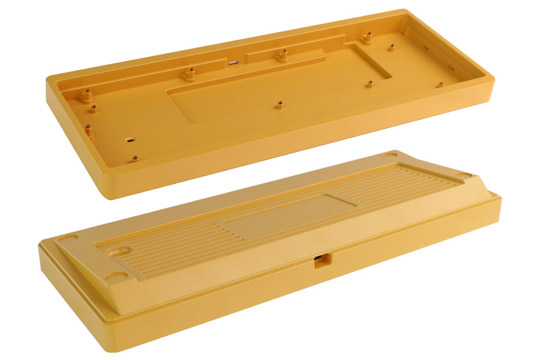
15. Sandblasting
Sandblasting involves propelling abrasive materials at high velocity to clean or texture the surface of aluminum. This process removes surface contaminants and creates a matte finish, ideal for parts requiring a non-reflective surface. Sandblasting is often used before applying coatings like powder or anodizing to ensure a strong bond.
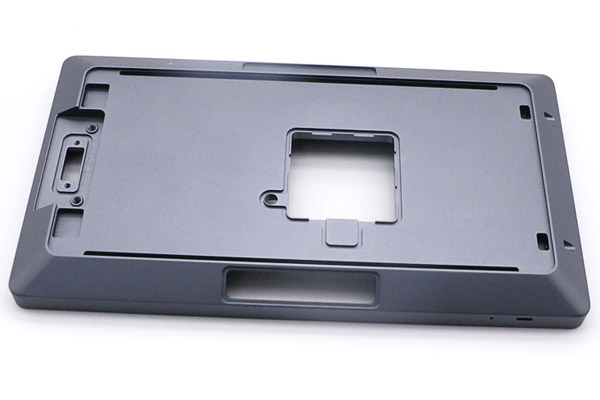
16. Polishing
Mechanical polishing can bring out a high-gloss finish on aluminum, making it an ideal choice for decorative parts where a reflective surface is desired. Polishing is often combined with other surface treatments to enhance both aesthetics and protection.
17. Brushing
Brushing gives aluminum a uniform, satin finish by using abrasive brushes to create fine parallel lines. This treatment is frequently used for appliances, consumer electronics, and decorative architectural components where a sleek, matte finish is preferred.
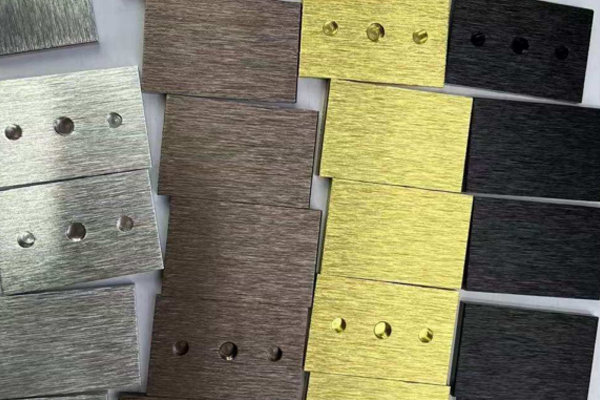
18. Laser Etching
Laser etching is a precise process used to mark aluminum surfaces with logos, text, or patterns. This technique is widely used in the electronics, medical, and automotive industries for branding or adding intricate details to parts without altering their functionality.
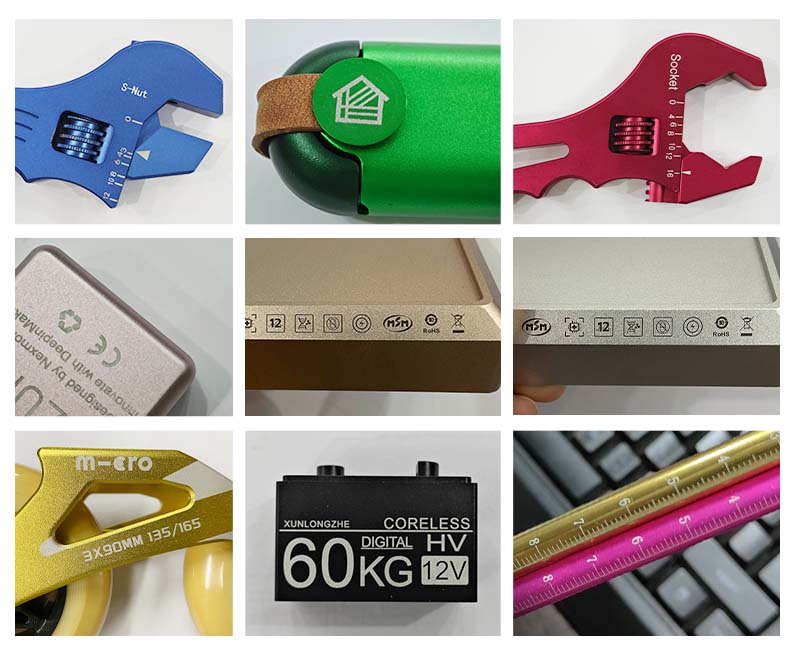
High Gloss
High gloss finishes are achieved through polishing, anodizing, or bright dipping. These finishes are commonly used in decorative applications, such as consumer electronics, automotive trim, and architectural features, where a reflective, eye-catching surface is desired.
Satin
Satin finishes are softer and less reflective than high gloss but still provide a smooth and appealing look. They are commonly used in appliances, consumer products, and certain architectural features where a sleek, professional appearance is needed without the high reflectivity.
Matte
Matte finishes are non-reflective and often result from processes like sandblasting or bead blasting. These finishes are preferred for parts where glare is undesirable, such as automotive components or electronic device housings.
Metallic
Metallic finishes add a shiny, metallic appearance through processes like electroplating or metallic powder coating. This style is commonly seen in high-end consumer products and automotive parts where both durability and aesthetic appeal are crucial.
Intended Use
When selecting an aluminum finish, consider the intended use of the part. Will the component be exposed to harsh environments, such as saltwater or chemicals? In such cases, a corrosion-resistant coating like anodizing or chemical conversion coating is essential. For aesthetic purposes, finishes like polishing, dye anodizing, or electroplating offer both protection and visual appeal.
Desirable Aesthetics
Aesthetics often play a significant role in choosing the right aluminum finish. If you're aiming for a high-end, glossy look, polishing or bright dip anodizing may be ideal. For a matte or satin finish, consider sandblasting or brushing techniques.
Cost Implications
Certain finishes, like anodizing or powder coating, are more cost-effective for large production runs, while more specialized treatments, such as electroplating or PVDF coating, may add to the cost due to their complexity. Weighing the balance between durability, aesthetics, and budget is key to selecting the right finish.
Durability and Maintenance
Durability is a critical factor, especially for parts that will be exposed to wear, abrasion, or corrosive environments. Hard anodizing, PVDF, or powder coating are excellent choices for projects that demand longevity and low maintenance.
Choosing the right aluminum surface finish can transform your project by adding both functional and aesthetic benefits. At VMT, our custom CNC machining services are tailored to provide high-quality aluminum parts with the best surface treatments available. With 15 years of experience and a wide range of finishing options, we ensure that your CNC machined parts meet the highest standards in durability, appearance, and performance. Whether you need anodizing, powder coating, or specialized finishes like electroplating and laser etching, we have the expertise and technology to deliver exceptional results.

Surface finishing is a crucial step in aluminum CNC machining, providing protection, enhancing functionality, and improving the visual appeal of parts. By selecting the appropriate finish for your specific application, you can significantly enhance the performance and longevity of your aluminum parts. Whether you need corrosion resistance, aesthetic appeal, or improved durability, there’s an aluminum surface treatment that will meet your needs.

What is the best surface finish for aluminum?
The best surface finish depends on the application. For corrosion resistance, anodizing is an excellent choice, while polishing or electroplating is ideal for aesthetics.
Which surface finish is best for preventing aluminum parts from rusting?
Anodizing or chemical conversion coatings like Alodine are effective at preventing corrosion on aluminum parts.
What is the surface finish for aluminum?
A surface finish for aluminum can range from anodizing and powder coating to mechanical polishing and electroplating, depending on the desired properties.
How to keep aluminum shiny?
Regular cleaning and polishing will help maintain aluminum's shine. For long-term protection, consider anodizing or applying a clear coat.
How to get a smooth finish on aluminum?
Mechanical polishing or fine sanding followed by anodizing or a clear coat can give aluminum a smooth, reflective finish.
Does aluminum need coating?
Aluminum benefits from coatings to enhance corrosion resistance, improve durability, and add aesthetic value.
How to harden aluminum surface?
Hard anodizing or electroplating can harden the surface of aluminum, improving its wear resistance and durability.
